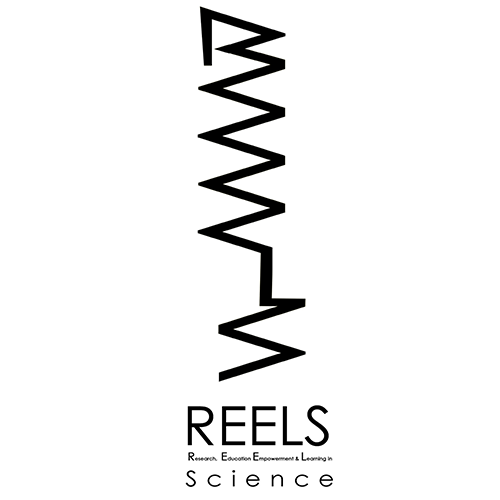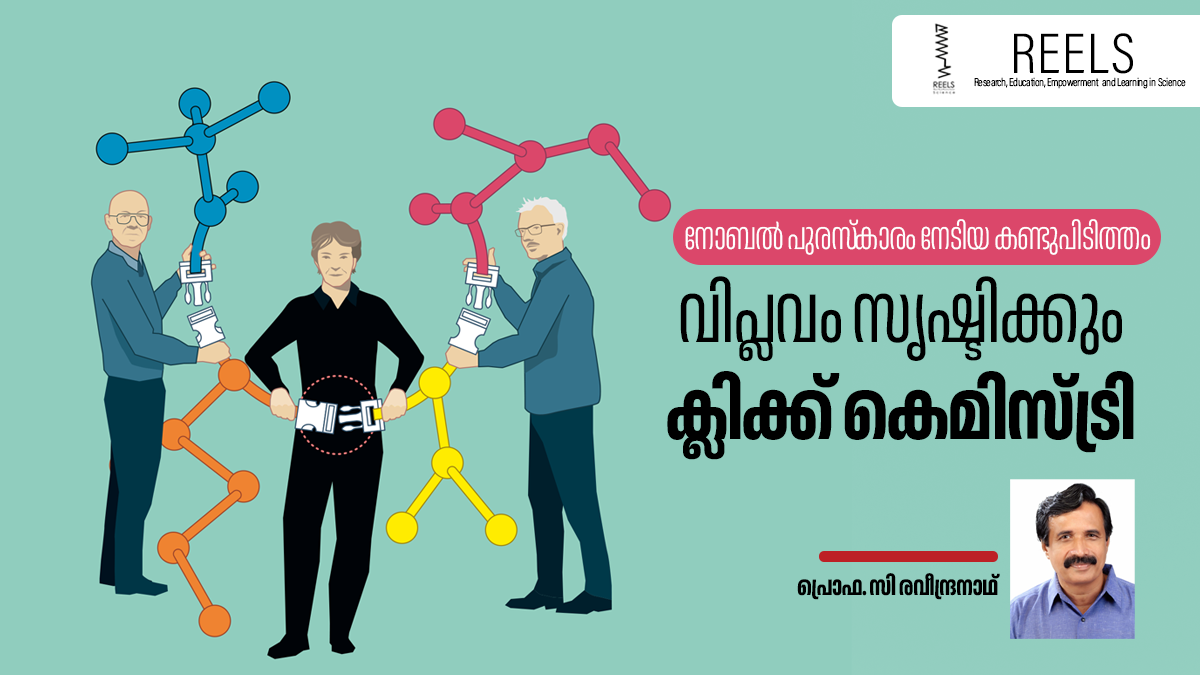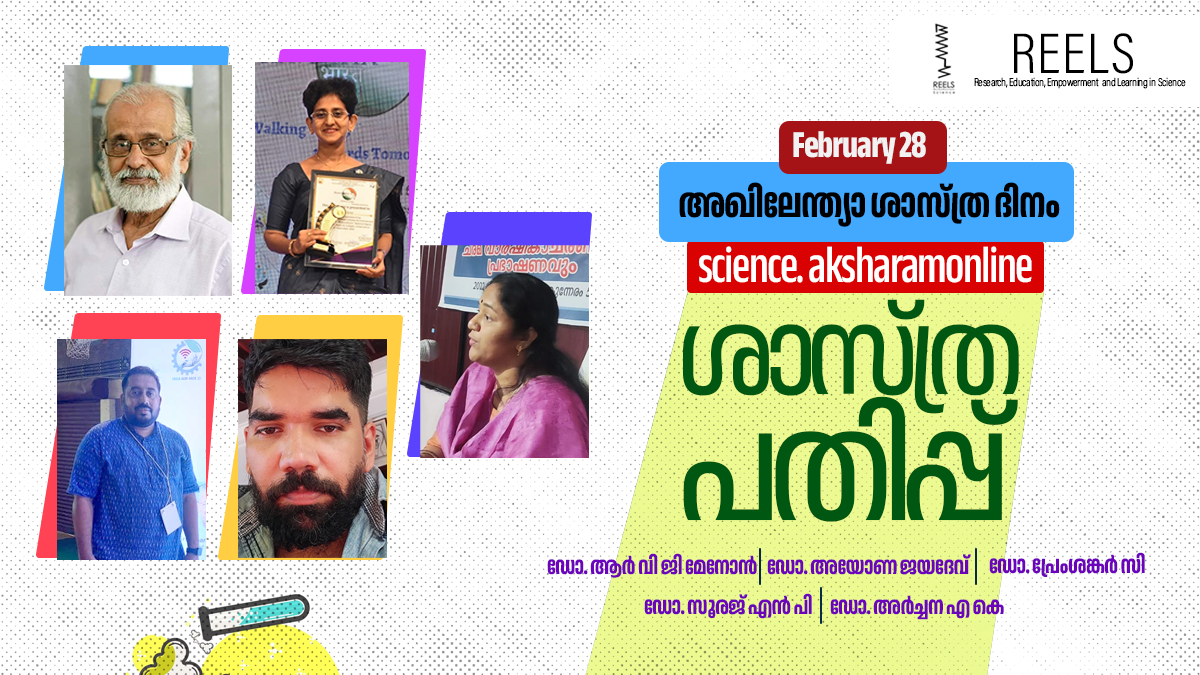Hydroponics, a method of gardening which does not use soil, has been developed during the early 1600s. However, plants were growing in a soilless culture far earlier than this. The hanging gardens of Babylon and floating garden of the Aztecs of Mexico are examples of ‘hydroponic’ method. Egyptian hierographic records dating back to several hundred years B.C. describe the growth of plants in water (Resh.1989). The hydroponics method has been proven both reliable and effective and has received much attention in some quarters, but it has not become a common technique to most gardeners. Hydroponic gardening or soilless gardening include raising plants in containers filled with water or any other non-soil medium including gravel, sand vermiculite and perlites. And other exotic mediums, such as crushed rocks, bricks shards of cinder blocks.
Soil versus soilless gardening: There are several excellent reasons for replacing soil with a sterile medium. The presence of soil-borne pests and diseases are immediately eliminated. In some cases, the soil may have been exceptionally poor; hence soilless culture would be beneficial. Importantly, raising plants in a non-soil medium will allow you to grow more plants in a limited space. Plants do not need to grow an extensive root system to obtain the nutrients they need, so closer spacing is possible; which increases the number of plants per unit area. Food crops will mature quickly and produce greater yield over conventional soil grown conditions. Water and fertilizers are conserved in soilless culture since they can be reused. Moreover, plant nutrition can be completely controlled, homogenous to all plants, readily available in sufficient quantities and relatively stable in soilless culture. Besides, hydroponics allows you to have control over your plants such as pH control, easily sampling etc. to insure more uniform results. Soils often tend to leach water and nutrients away from plants, making the application of correct amount of fertilizer very difficult. In hydroponics, the essential nutrients are dissolved in water and this resulting solution is applied to the plants in exact doses at prescribed intervals. Also, harvesting is much easier.

The main disadvantage of hydroponics is the high initial capital cost. But this can be reduced by the use of new simplified hydroponics methods, such as nutrient film method. Not all crops such as cereals or corn are easily adaptable to culture in hydroponic units. The water-based microorganisms can spread rapidly through the system. But this can be overcome using disease resistant varieties.
The principle behind hydroponics is eminently adaptable. Even if you live in a suburban apartment, you can raise the vegetables, fruits, and flowering plants in hydroponic units. You can use individual pots or containers or in units tailored to fit whatever size and shape are available. If you live in a city or any other situation where there is a lack of ground to raise plants, a hydroponics garden is the best.
Before you start a hydroponic unit or gardening you need to consider the following factors:
How much space you have?
What do you want to grow?
Selecting a system that best fits for your need and the cost
The amount of time you want to spend maintaining the system
Beginning hydroponic gardening: Simple setup for beginners
The methods of hydroponic gardening can be divided into categories defined by the medium in which the plants are grown. In water culture, the plants are grown only in water or in a water and nutrient solution. In sand culture, the plants are raised in sterile sand, into which a water and nutrient solution is pumped. In aggregate culture, sand is replaced by gravel or vermiculite and the method of pumping water and nutrient solution into these materials are retained.
In this article, I am discussing the basic setups for beginners to start hydroponic gardening.
Water culture system: Growing plants in a container filled with water and nutrient solution is the simplest and least expensive method of hydroponic culture. Water culture is the best method for containers in which only one or two plants can grow at a time, which might limit the profitability but not the attractiveness of this. This is the best method to gain experience with the principles of hydroponics. Most of the household plants do very well in water and nutrient solution. Some plants require more support than the suspension in water could provide. To resolve this, you must cover the bottom of the container with a layer of gravel (gravel sold in pet shops for aquarium is an excellent choice) or some other solid material. This will help roots to find an initial degree of support. As the plant grows, the roots will proliferate until they spread throughout the container and gain self-support. You can use tap water to fill the containers in which you place plants, but you will have to check the pH level of water. A variety of inexpensive pH testing devices are available in the market. Caring of plants can be easily done by changing the water in the containers on a regular basis. If there is much chlorine in your water, you would best begin by drawing the water two days in advance. Usually, the chlorine will disappear from water that is allowed to stand for two days without being used. Test it to determine the pH level before you use it. Just before using the water, mix the nutrient in it. The water in each container should be changed once every three to four weeks. In the weeks between each change, as the water in a container evaporates, simply add more water and do not add additional nutrients, additional nutrients can damage the roots.
Fig.2. Hydroponic mason jar Fig.3. Hydroponic water system illustration
You can place either cuttings or whole plants in the water system. Cutting can be taken from a plant and should be immediately placed in the container filled with water. But, before you transfer a mature or a whole plant, you will have to thoroughly and gently clean all the soil from its roots. Also, you want to make sure that the plants are free from soil-borne insects and diseases. Another important thing to remember is to keep the plant leaves free of dust. Levels of pollution are so high in some places that plants will soon acquire a visible layer of dust particles. These clouds of dust should be removed from the leaves not only for the aesthetic reason but also for the smoothness of the vital process of photosynthesis. There is a slight chance that the roots of the plant placed in a clear glass container could be burned if the container is placed in a spot receiving several hours of intense and direct sunlight. Remember that the roots do not need light, only the leaves do. So, adjust the position of your container that the sunlight falls only on that part of the plant above water. On very warm sunny days you might want to supplement the humidity by gently misting the leaves of each plant. This system is suitable for water- hungry plants like lettuce and herbs but not suited for long-living plants such as tomatoes. If you want to put together some lightweight, small plants such as lettuce, spinach, and herbs like cilantro, basils etc., you might need to try the lettuce-raft method. The basic concept of lettuce-raft is the same, but the plants are grown on a “raft” made of rigid Styrofoam floating in a pool of nutrient-rich water.
Sand culture system: If you want to grow a several plants in a single container, you need to go beyond simple water culture and use a soilless medium to give the plant support. This system contains a double tray/pot, one containing the medium and the plants and the other containing the nutrient solution. A fibrous wick needs to run from the growing pot down to a container holding nutrient solution. The wick, which extends at least an inch upwards into the sand filling the growing pot, acts to steadily draw solution up from the container into the pot. The end of the wick inside the growing pot should have ends fanned out through the sand so that the solution will be equally distributed to all of the plant’s root system. As water evaporates from the plant and moves from the medium to the plant, capillary action moves the solution from the nutrient reservoir through the wick to plant roots. Several pots with wicks may be set up over a window box reservoir. Instead of sand, you can also use gravels, perlite, and vermiculite as the soilless medium.
Importantly, be sure that at no time is the solution of the reservoir in contact with the bottom of the growing pot or excess water will be drawn into the root zone, causing puddling. The best plants to use in this system are fast growing lettuces or herbs like mint, basil, and parsley.
What to grow in your hydroponic garden?
Just about any plant can be grown hydroponically, but for beginners, it’s a good idea to start with small plants. You can grow most kinds of house plants, many kinds of flowering plants, vegetables and many sorts of herbs that grow quickly, require little maintenance, and do not need a broad range of nutrients. Fast-growing plants are best since they make it easy to assess how well your hydroponic system works. Maintenance free plants are great for beginners because they allow you to focus on learning about your system you can move on to more complex vegetables later. If you are growing a variety of plants, it is also important to make sure that they are similar in nutrient requirements, so they grow well together.
What plant eats- nutrients requirements
All plants need foods, primarily they need hydrogen, oxygen, carbon dioxide, nitrogen, phosphorus, and potassium. Also, they need trace minerals such as calcium, Sulphur, magnesium, iron, and carbon. Oxygen is supplied through water and carbon dioxide from the air. The rest of the elements are supplied through the nutrient solution. The usual method for applying nutrients to a hydroponic system is to dissolve individual salts or commercially mixed nutrient preparation in water. This solution is pumped into or mixed with the growing medium. There are several premix nutrients available in the market. The only preparation required is to measure out the appropriate amount and stir to the water. Remember that, over-fertilizing will burn out your plant. For starting seedlings, dilute your solution to half strength and gradually increases the doses as plants get bigger. Using a good nutrient solution is the key to your hydroponics. Moreover, for a better hydroponic garden you need to maintain ideal humidity from 40-60 percent, optimum temperature 21-23 degrees Celsius, water quality should be good, and the plants require at least six hours of sunlight each day.
Reference:
Nicholls, Richard E. Beginning hydroponics; soilless gardening: a beginners’ guide to growing vegetables, house plants, flowers, and herbs without soil. 1977.Running Press,Philadelphia.
Resh, Howard M. Hydroponic Food production: a definitive guidebook of soilless food growing methods. 1989. Woodbridge Press Pub.Co, Santa Barbara Caif






